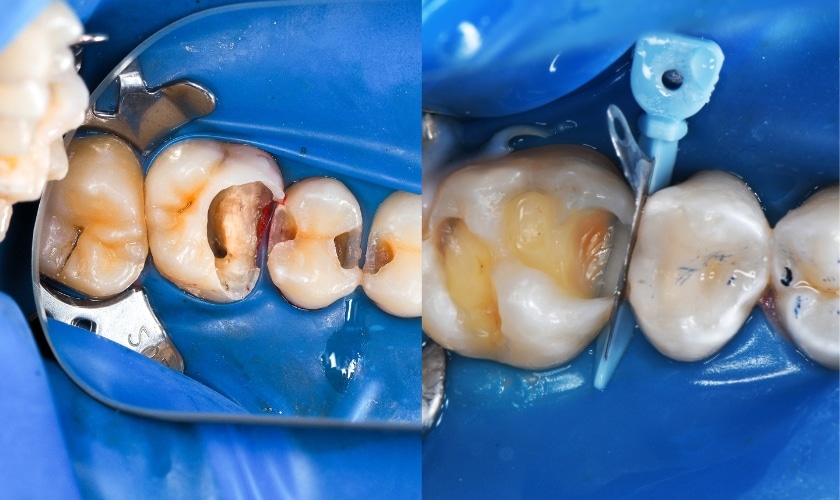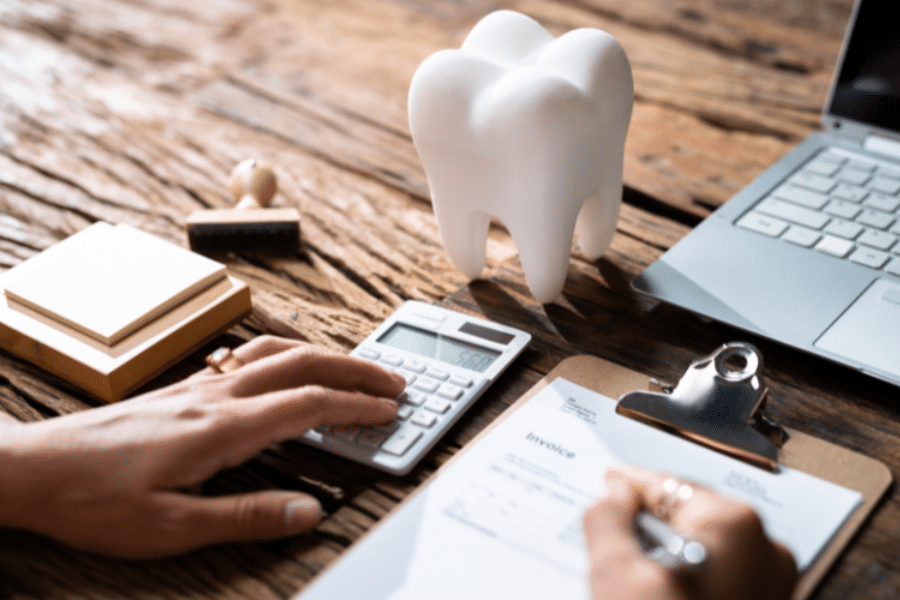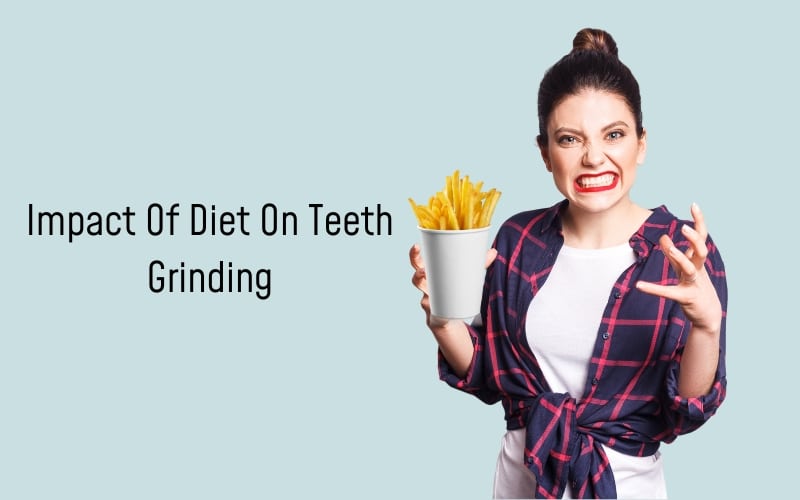
10 Tips to Reduce Your Pain After Dental Fillings
Dental fillings are a common dental procedure aimed at restoring the structure and function of teeth affected by decay or damage. While the procedure itself is relatively straightforward, some patients may experience discomfort or pain afterward. We understand the importance of reducing your pain after dental fillings to ensure a comfortable recovery process.
10 Tips to Reduce Your Pain After Dental Fillings
Let’s dive into how to minimize after-filling aches:
- Over-the-Counter Pain Relief: Ibuprofen (Advil, Motrin) or acetaminophen (Tylenol) can offer quick relief from pain and inflammation. Follow the dosage instructions carefully.
- Salt Water Rinse: Dissolve a teaspoon of salt in a glass of warm water and swish it around in your mouth for 30 seconds, several times a day. Salt water has natural antiseptic properties that help reduce inflammation and promote healing.
- Soft, Cool Foods: Avoid hot, cold, sugary, or hard foods for the first few days. Stick to a soft diet like yogurt, mashed potatoes, scrambled eggs, soups, and smoothies to minimize irritation. Cold foods and drinks can sometimes offer temporary relief.
- Mind Your Bite: Be cautious about chewing on the side of your mouth with the new filling for a day or two, allowing it to settle fully.
- Clove Oil: Clove oil possesses a natural anesthetic called eugenol that can numb pain temporarily. Apply a few drops of diluted clove oil to a cotton ball and dab it gently on the affected tooth. (Remember to dilute with a carrier oil like coconut oil.)
- Proper Oral Hygiene: Don’t skip brushing and flossing, but be extra gentle around the filled tooth. A desensitizing toothpaste designed for sensitive teeth could be helpful as well.
- Ice It Up: Apply an ice pack or a bag of frozen peas wrapped in a towel to the outside of your jaw near the affected tooth for 10–15 minutes at a time. This helps reduce swelling and inflammation.
- Elevate Your Head: When sleeping, prop your head up with an extra pillow to help reduce blood flow to the area, which can minimize throbbing or pain.
- Avoid Certain Habits: Grinding your teeth (bruxism) or chewing on hard objects like ice or pens can put extra pressure on a newly filled tooth. Also, temporarily avoid acidic or sugary beverages that can trigger sensitivity.
- Follow Up with Your Dentist: If the pain is persistent, severe, or worsens over time, don’t hesitate to contact your dentist. Sometimes, a filling might need a minor adjustment to resolve discomfort.
FAQs:
1. How long does pain last after a dental filling?
Pain after a dental filling typically subsides within a few days to a week. However, individual experiences may vary based on factors such as the extent of the filling and personal pain tolerance.
2. Is it normal to experience sensitivity after a dental filling?
Yes, it is normal to experience some sensitivity to heat, cold, or pressure after a dental filling. This sensitivity usually resolves on its own within a few days as the tooth adjusts to the filling.
3. Can I eat normally after a dental filling?
It’s best to stick to soft foods and avoid hard or chewy foods immediately after a dental filling to prevent discomfort or damage to the filling. Once any sensitivity or pain subsides, you can gradually resume your normal diet.
4. What should I do if the filling feels too high?
If you feel like the filling is interfering with your bite or feels too high, contact your dentist to schedule an adjustment. A filling that is too high can cause discomfort and may affect the longevity of the restoration.
5. When should I seek medical attention after a dental filling?
While some discomfort after a dental filling is normal, you should seek medical attention if you experience severe or persistent pain, swelling, bleeding, or signs of infection such as fever or a foul taste or odor in the mouth.
Reducing pain and discomfort after a dental filling is achievable with proper care and proactive measures. By following these 10 tips, backed by statistics and expert advice, you can promote a smooth recovery process and enjoy the benefits of a restored smile. Remember to consult with your dentist if you have any concerns or experience unexpected symptoms during the healing period. We are dedicated to providing comprehensive care and support to ensure your dental experience is as comfortable as possible.




